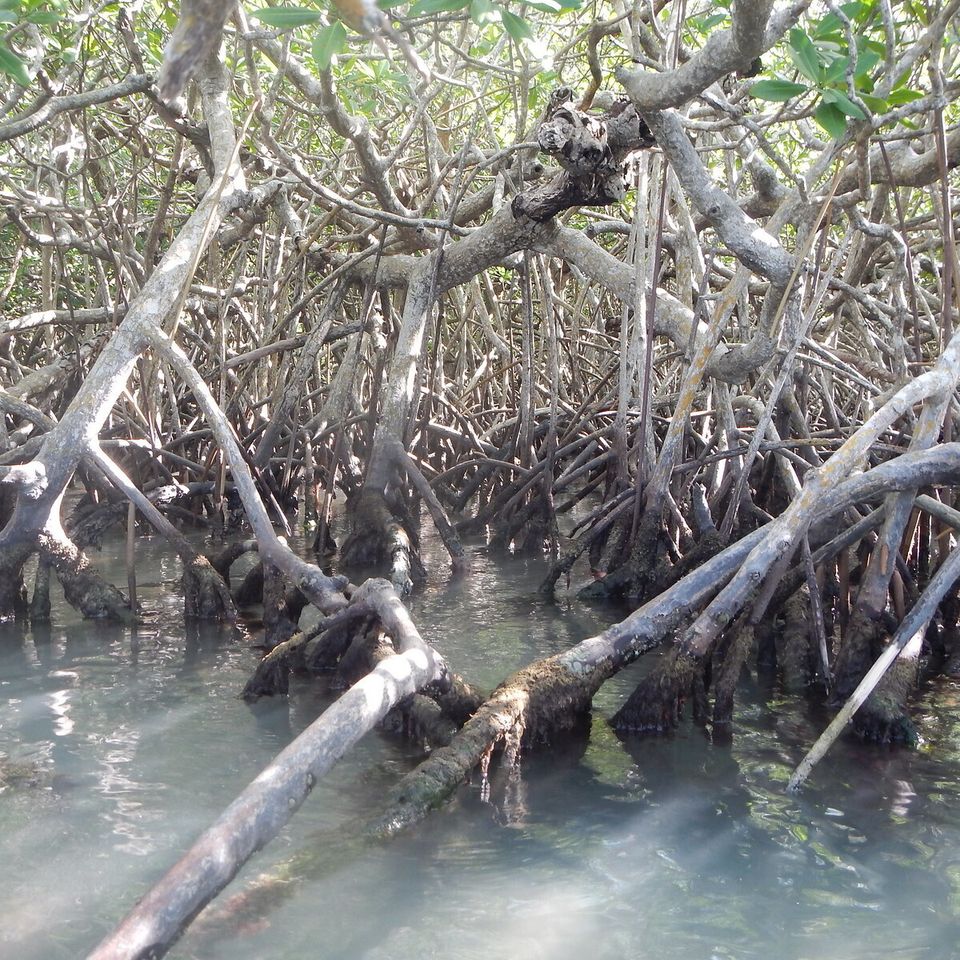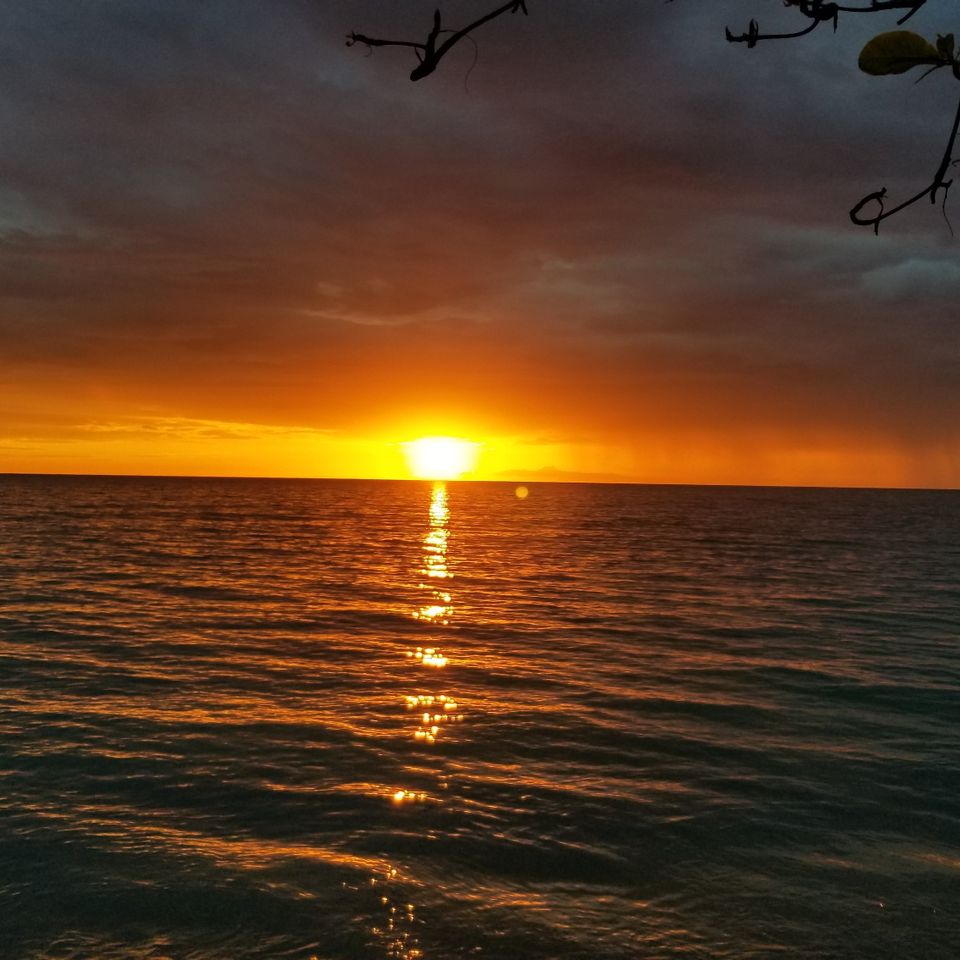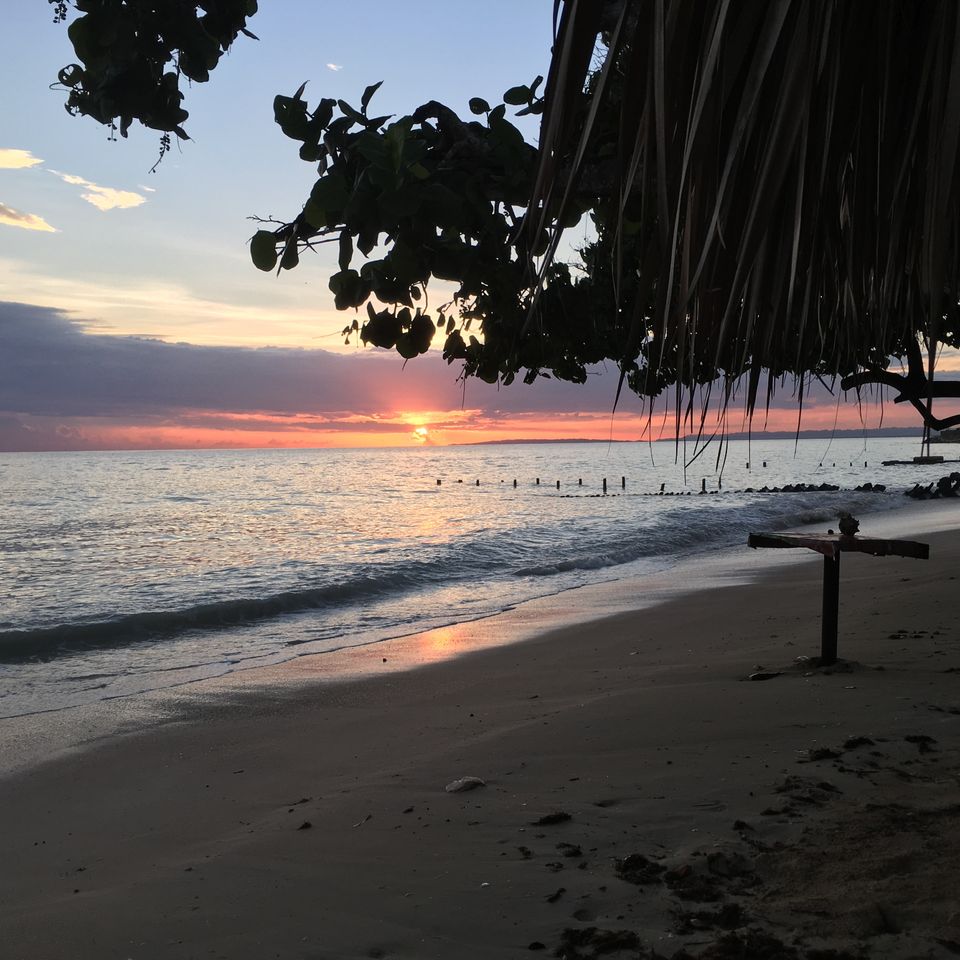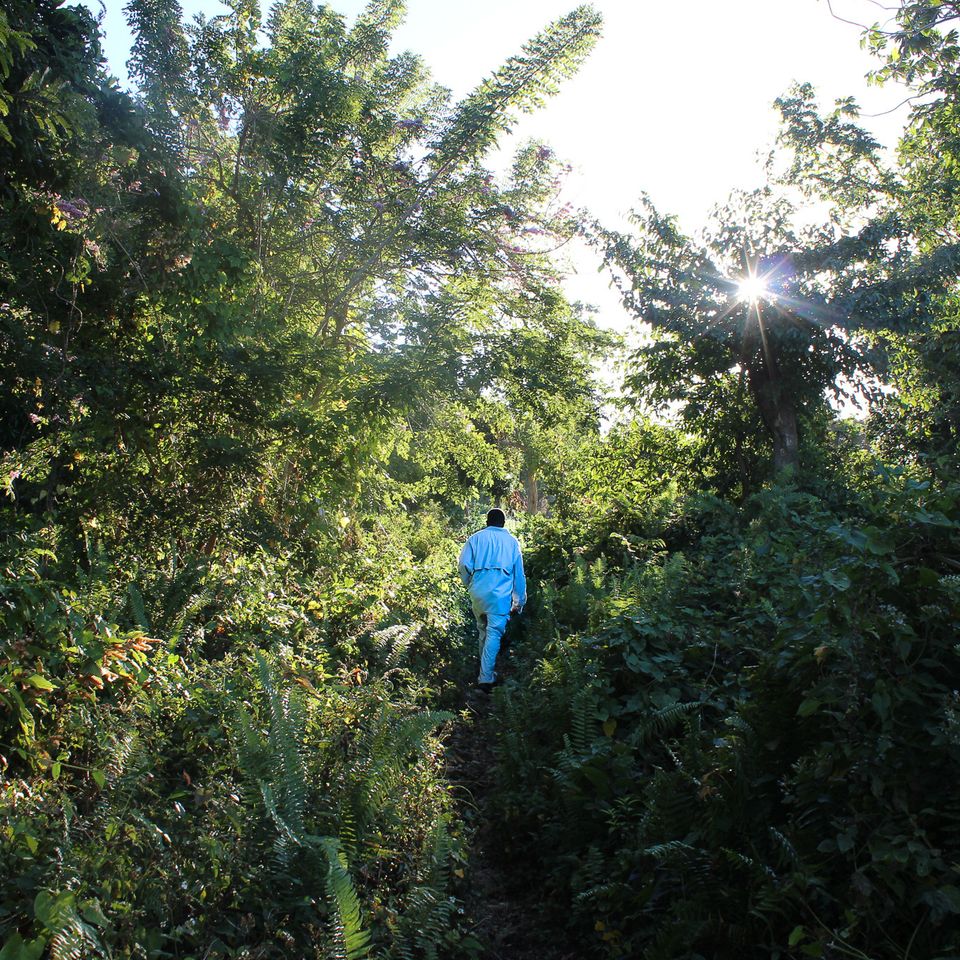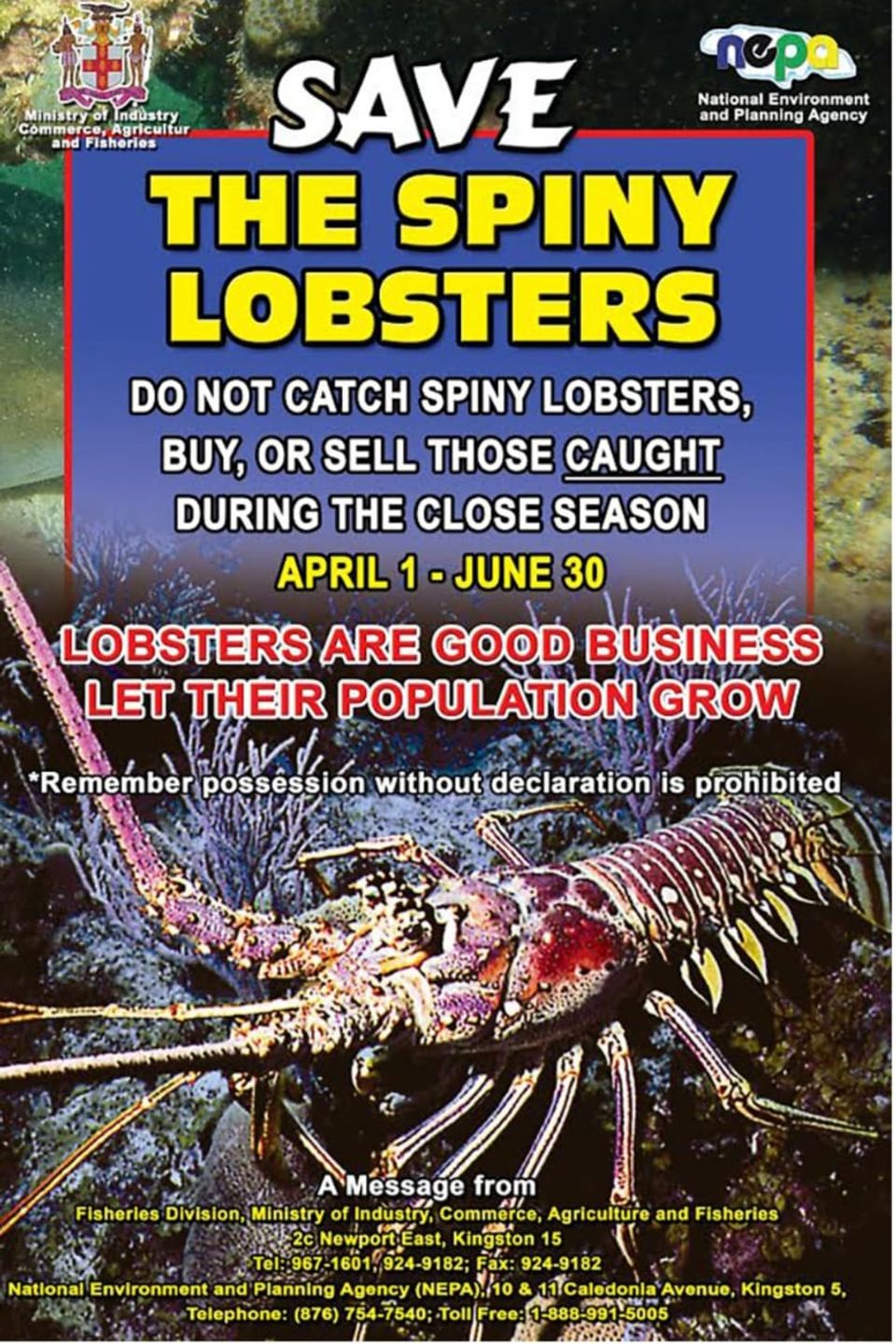The National Fisheries Authority in the Ministry of Agriculture and Fisheries created a program of fish sanctuaries in 2009. Eleven were declared initially and the number has now grown to 17 and counting. The Bluefields Bay Sanctuary was established on July 28, 2009. With 1359 hectares, it is one of the largest on the island.
A fish sanctuary is a “Special Fishery Conservation Area” where no fishing is allowed. The main purpose of a fish sanctuary is to create a space in which fish can reproduce to restore a depleted fishery and make it sustainable. The fishery will produce more fish and larger fish that will migrate to areas outside the sanctuary, leading to better catches and a better livelihood for fisherfolk, including fishers, fishmongers, and their dependents.
Fishing is one of the main industries in the Bluefields community. There are approximately 250 fishers in the community and another 100 fishers from other communities who fish the area. A healthy sanctuary requires a healthy marine ecology, which includes healthy coral reefs, sea grasses, mangrove forests fringing the shoreline, wetlands, and mitigation of erosion and agrochemical and sewage runoff.
Fish sanctuaries are managed by a cooperative agreement between the Fisheries Authority and a local NGO, typically a fishers’ organization, and often receive financial support from a foundation as well. The Bluefields Sanctuary is managed by the Bluefields Bay Fishermen’s’ Friendly Society, a local NGO that was formed in 2004 in response to Hurricane Ivan and registered in 2006. Most of the initial sanctuaries were identified by government. The Bluefields sanctuary was unique in that the BBFFS petitioned government to be included, guaranteeing “buy-in” or support from local fishers. The BBFFS has wardens (“Fishery Inspectors”) who patrol the sanctuary and issue citations for violations. They are supported by a Marine Police unit.
Bluefields Bay is also an important area for turtle hatching. The BBFFS policies the hatch areas, protecting them from poachers. In addition, the Society has assisted with government programs using coral gardening and artificial corals to restore the reef system fronting the bay. The Society has received generous funding from several foundations in addition to government, including The Sandals Foundation, Virgin Holidays, The Travel Foundation, Bluefields Villas Foundation, Caribsave, USAID, The Nature Conservancy, Brevard Zoo, and the SWOT (State of the World’s Sea Turtles) program.
